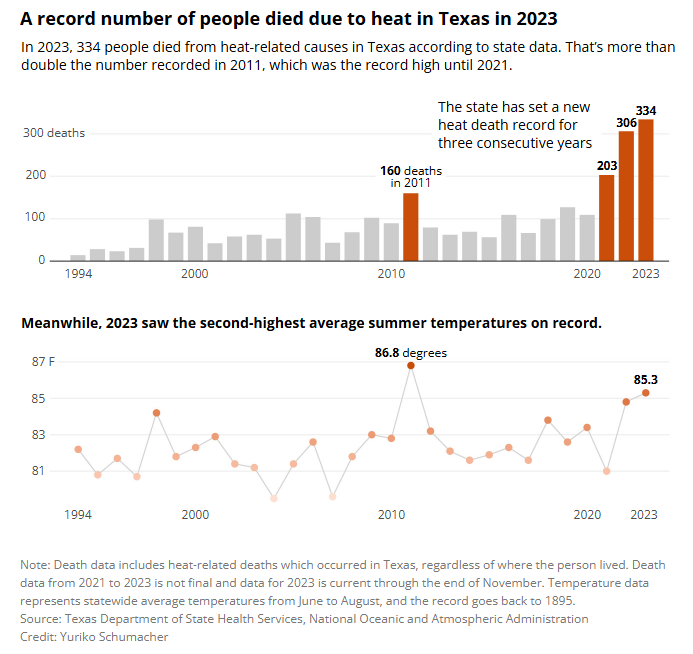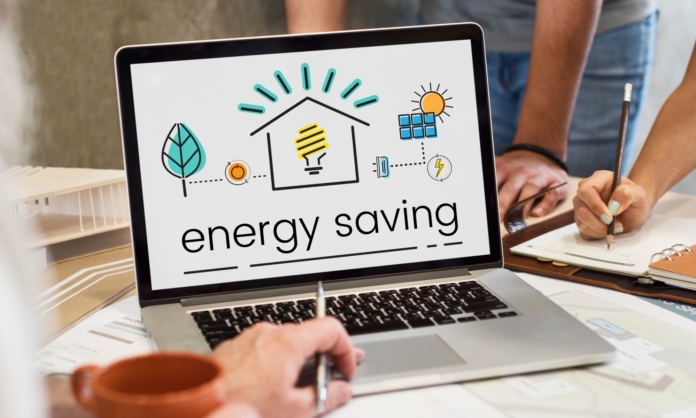Table of Contents
Energy insecurity is a significant issue for many Americans.
(Source: EIA)
The Department of Energy’s most recent Residential Energy Consumer Survey found that “34 million U.S. households (27% of all U.S. households) reported difficulty paying energy bills or reported that they had kept their home at an unsafe temperature because of energy cost concerns.”
To make matters worse, energy-insecure households pay a significantly higher rate for energy per square foot than households that don’t — $1.24 vs. $0.98 per sq. ft, a hike of over 26%.
The Low Income Home Energy Assistance Program (LIHEAP) is one of several government programs that aim to help low-income and energy-insecure households cope with financial crises and take long-term steps toward energy resilience.
But how does LIHEAP work, and what kind of assistance does it provide?
Read on to find out.
Understanding the Low Income Home Energy Assistance Program (LIHEAP)
The Low Income Home Energy Assistance Program (LIHEAP) was established in 1981 to help low-income households that spend a high proportion of income on home heating, cooling, and electricity to pay their bills.
The administration of LIHEAP is complex.
The program is federally funded but not run by the federal government.
The Department of Health and Human Services (HHS) funds “block grants” to states, tribes, and territories which are responsible for:
- Designing and administering individual LIHEAP programs
- Setting eligibility criteria
- Determining benefit levels
- Outreach to at-risk households
- Application processing
- Distribution of funds to qualified recipients
The official press release for LIHEAP’s first funding allotment of 2025 offers a glimpse into how complex the program’s structure has become.
“The U.S. Department of Health and Human Services (HHS), Administration for Children and Families (ACF), Office of Community Services (OCS), Division of Energy Assistance (DEA) is pleased to announce the release of $3.7 billion of Low Income Home Energy Assistance Program (LIHEAP) funding. This announcement includes approximately $3.6 billion of federal Fiscal Year 2025 (FY25) regular block grant funding to LIHEAP grant recipients.”
Block funding and state administration set LIHEAP apart from other government programs that incentivize home energy efficiency and security.
For example, the Residential Clean Energy Credit and Energy Efficient Home Improvement Credit have the same benefits and eligibility requirements for qualified US taxpayers in all 50 states and territories.
With LIHEAP, how you qualify and the assistance you can receive varies significantly based on where you live.
What Assistance Does LIHEAP Provide?
LIHEAP doesn’t provide direct assistance to individuals and households.
Instead, it provides block funding to states, tribes, and territories that design and administer unique LIHEAP programs in areas under their jurisdiction.
(Source: LIHEAP)
With one exception for weatherization in American Samoa, all LIHEAP benefits in 2024 were applied to heating and/or cooling expenses in vulnerable households.
Electricity bills are not covered unless you use electricity to heat or cool your home.
Essentially, LIHEAP is designed to protect vulnerable low-income households from injury, illness, or death caused by their financial inability to pay energy bills.
Considering that LIHEAP programs vary drastically from state to state, here is a basic overview of the types of assistance they provide.
Heating Assistance
Cold exposure and hypothermia are life-threatening conditions.
In many parts of the US, sub-zero temperatures can persist for months.
Assistance in paying heating bills is the most common form of LIHEAP assistance and may cover some or all of your outstanding debt to your energy provider to help ensure you can afford heat.
In addition, the Public Utility Commissions (PUCs) and Public Service Commissions (PSCs) of 40 states and the District of Columbia have disconnection policies that may prohibit utility providers from cutting off heat under specific conditions.
Cooling Assistance
Some, but not all, states that experience extreme heat offer LIHEAP assistance to low-income households unable to pay for air conditioning.
In a state like Texas that doesn’t currently supplement federal block grants for its LIHEAP program, funding often runs out.

(Source: Texas Tribune)
Not ideal in a state that regularly experiences deadly heat waves.
If you’re concerned about your ability to cover air conditioning costs in extreme heat, get in touch with your state’s LIHEAP administrator as soon as possible.
The National Energy Assistance Referral project can help via email or its toll-free national hotline: 1-866-674-6327.
As of 2024, 21 States and the District of Columbia have Hot Weather disconnection protection policies.
Weatherization
Some states provide LIHEAP funding to low-income households wishing to make long-term energy efficiency improvements to their home.
Examples of improvements that may be covered include:
- Furnace repair or replacement
- Building envelope improvements, such as the purchase and installation of energy-efficient insulation, windows, and exterior doors.
- Air conditioning repair or replacement
Weatherization funding under LIHEAP in most states is usually extremely limited, if it’s available at all.
Utility shut-offs due to unpaid bills are crises that require swift intervention, whereas weatherization is a long-term investment in energy security for low-income households.
Consequently, the lion’s share of LIHEAP funds usually covers outstanding energy bills.
The federally administered Energy Efficient Home Improvement Credit is more likely to provide meaningful assistance to renters and homeowners seeking to weatherize the building they live in.
Learn how to apply for the improvement and Home Energy Audit Credit here.
Low Income Home Energy Assistance Program Eligibility
Like every other aspect of the LIHEAP program, eligibility requirements are set by the government of your state, tribe, or territory.
Most states use the Federal Poverty Guidelines as a reference point.
Federal Poverty Guidelines for Fiscal Year 2024

(Source: ACF)
In Texas, for example, households must earn 150% of the Federal Poverty Guidelines (FPG) or less to be considered eligible for LIHEAP assistance.
(Source: LIHEAP)
Many states use a combination of the FPG and State Median Income (SMI) to determine the low-income threshold for LIHEAP.
Aside from income, household size and percentage of income spent on energy are also frequently considered.
How to Apply for LIHEAP Assistance
According to LIHEAP’s official clearing house website:
“LIHEAP is a block grant, which means that state, territorial, and tribal grant recipients may, within statutory parameters, operate their programs as they see fit, based on their budgets, administrative and program delivery structures, client demographics, and other factors. As a result, the variations in state program practices are nearly endless.”
Attempting to outline the step-by-step application process by state, tribe, and territory is beyond the scope of this article.
However, some basic steps likely apply no matter where you live.
- Gather Your Energy Bills and Other Relevant Documents
A clear financial picture of why your household requires assistance with backup documentation is a necessity. Have your most recent energy bills that show your outstanding arrears (if any at hand.) Some proof of income will be required but it varies by state. At the very least, write down a coherent explanation of why you’re unable to pay your energy bills and the potential impact you expect it to have on you and your family. - Call or Email NEAR
The National Energy Assistance Referral program is federally administered. Its mission is to provide households in need with the information they need to apply for LIHEAP assistance where they live. Not only can NEAR put you in touch with your local LIHEAP authority, but they may be able to provide guidance on what you should do to prepare and advise on eligibility.
You can email NEAR at energyassistance@ncat.org.
However, calling the NEAR Hotline toll-free at 1-866-674-6327 can help avoid unnecessary delays and back-and-forths. - Contact the LIHEAP Office in Your State
Once NEAR has advised you on how to proceed, follow their instructions for applying for LIHEAP assistance where you live. Many states, such as Texas and California, have online portals that can at least get you started and sometimes even complete your claim. Other states may require calling or visiting the LIHEAP office. - Follow Procedures Carefully to Avoid Unnecessary Delays
If you’re in a position where you think you qualify for LIHEAP assistance, you’re undoubtedly already stressed. Don’t add to your burden by filing incomplete applications or failing to provide documentation for proof of income and expenses, outstanding energy bills, means testing, or any other items your local office requires. Dealing with bureaucracy is frustrating enough without unnecessary delays.
Frequently Asked Questions
LIHEAP programs are administered at the state level, and depending on where you live, approval time can vary from a few weeks to a few months. Application volume tends to go up in summer and winter, just when you need cooling and heating most. You can speed up the process by ensuring your application is complete, including any income verification requirements and outstanding energy bills.
Final Thoughts
LIHEAP has saved countless lives since 1981 by distributing well over $200 billion of emergency assistance to at-risk households.
If you and your family are unable to pay heating or cooling bills, putting your health and safety at risk, contact NEAR or your local LIHEAP office immediately.
It’s essential to understand that LIHEAP is a last resort for individuals and families whose health and security are threatened by a financial inability to pay their heating or cooling bills.
If you’re looking to improve energy efficiency or reduce your dependence on the grid, other government programs can help, such as the 30% Solar Tax Credit.
EcoFlow offers a wide range of solar generators and home backup battery solutions that can qualify for the Residential Clean Energy Credit, such as DELTA Pro Ultra and DELTA Pro 3.
Check out our selection today.
